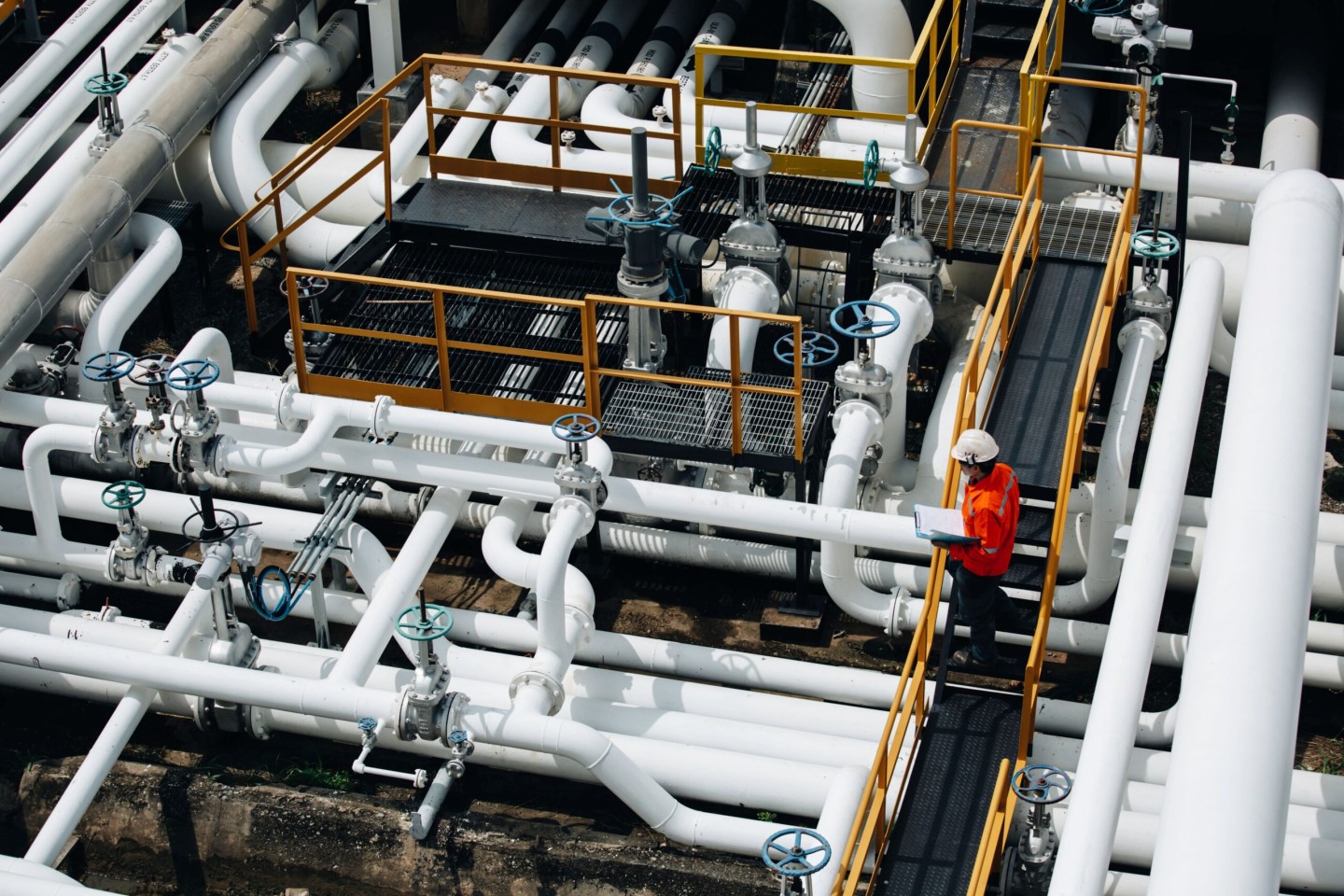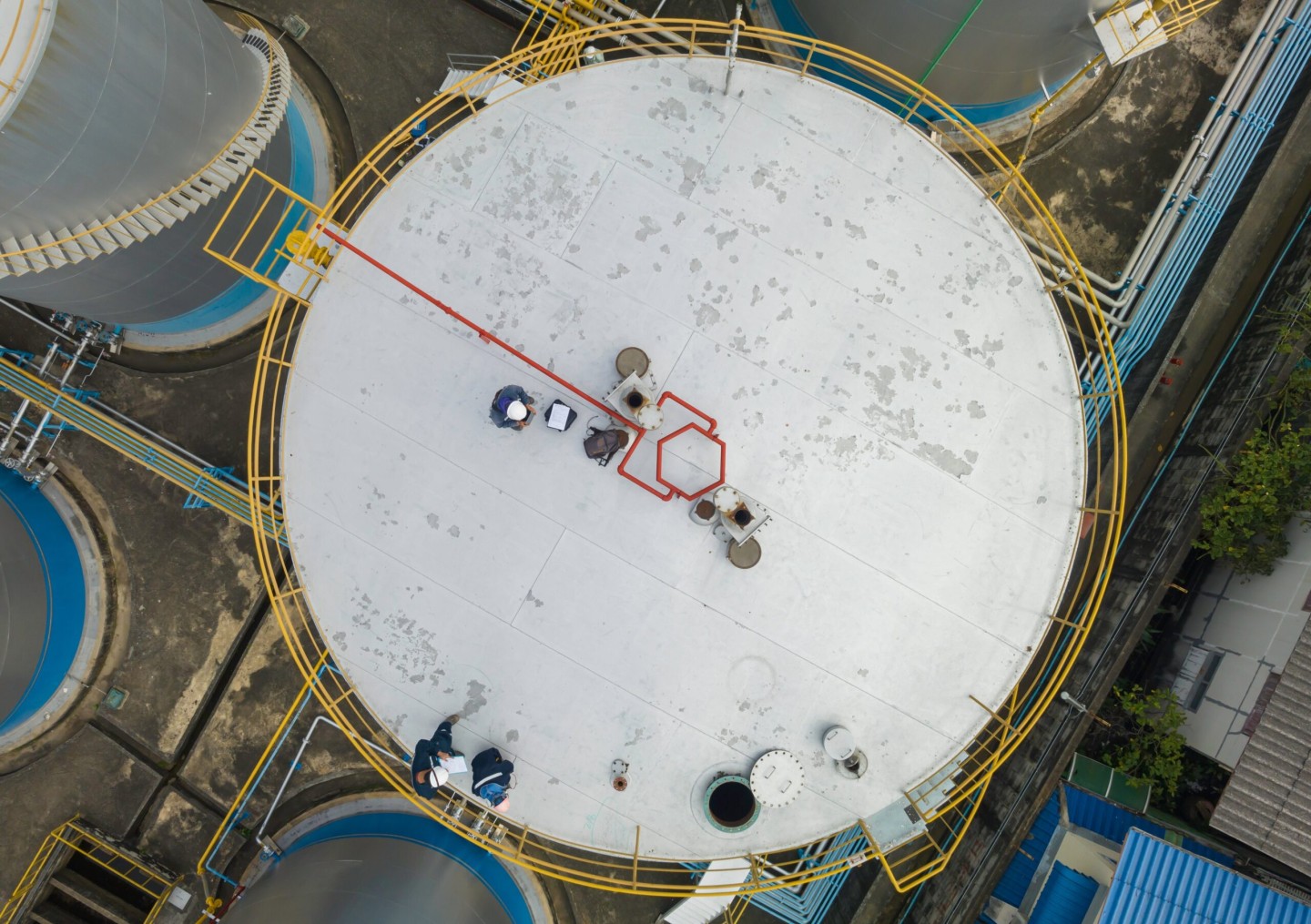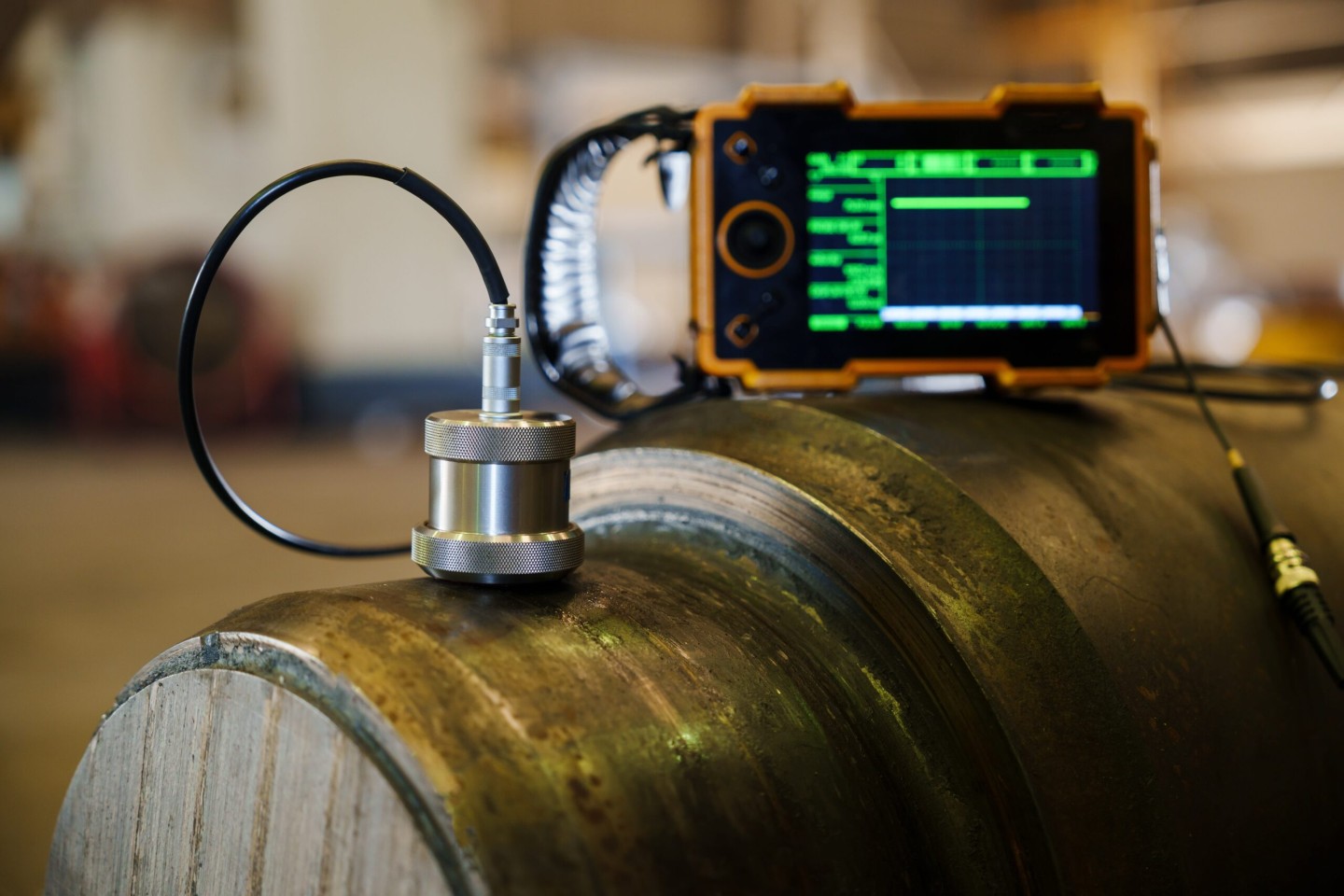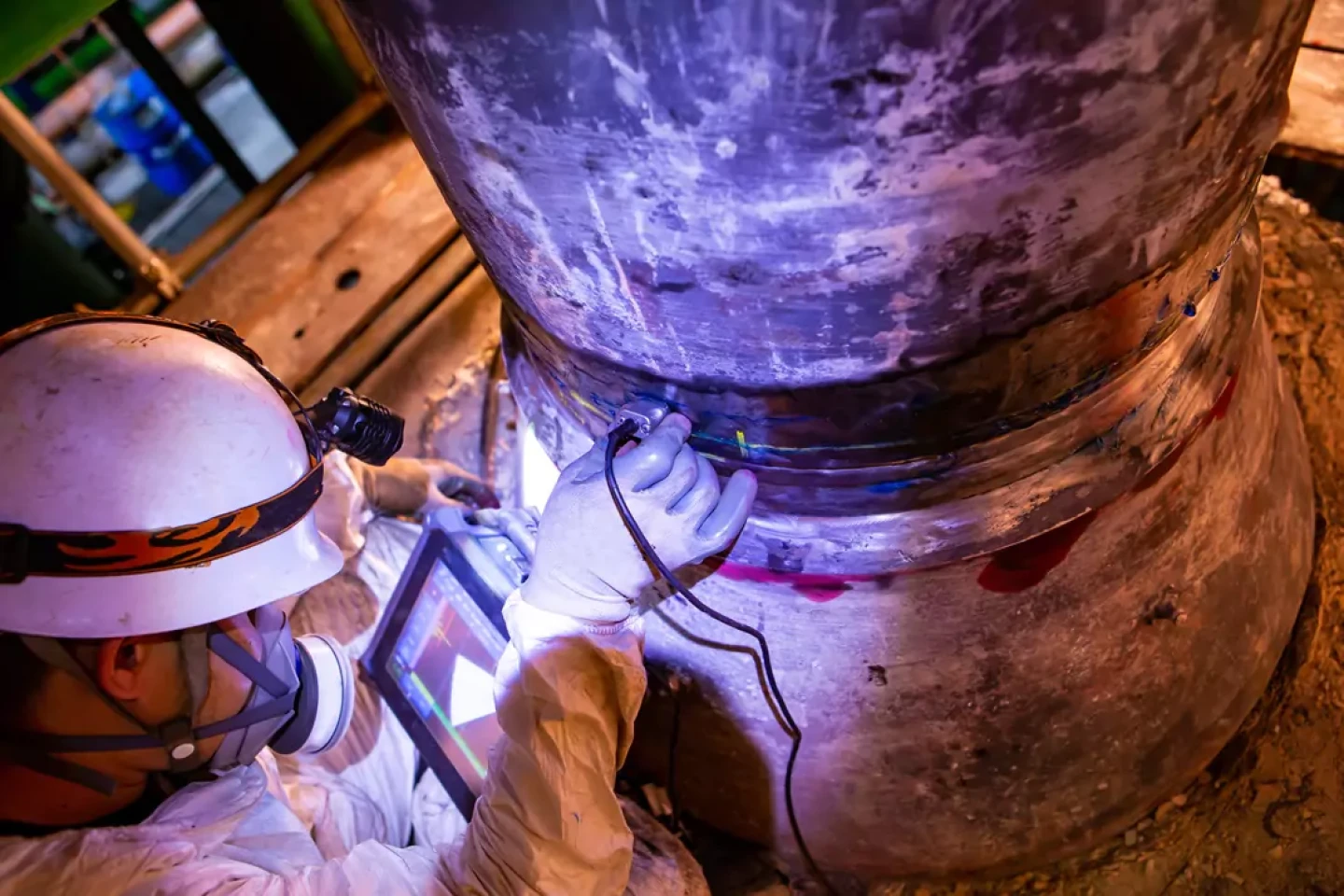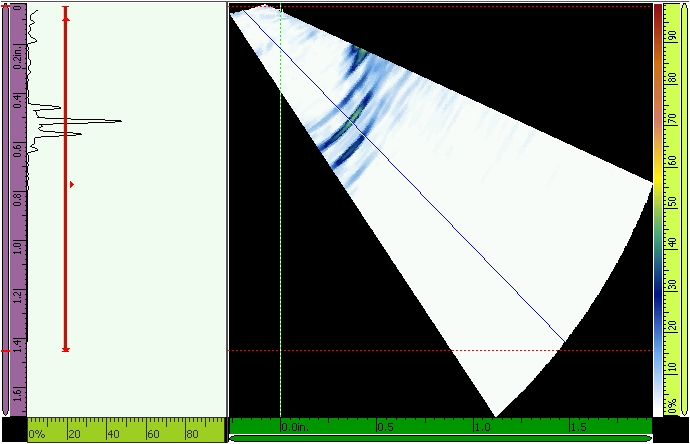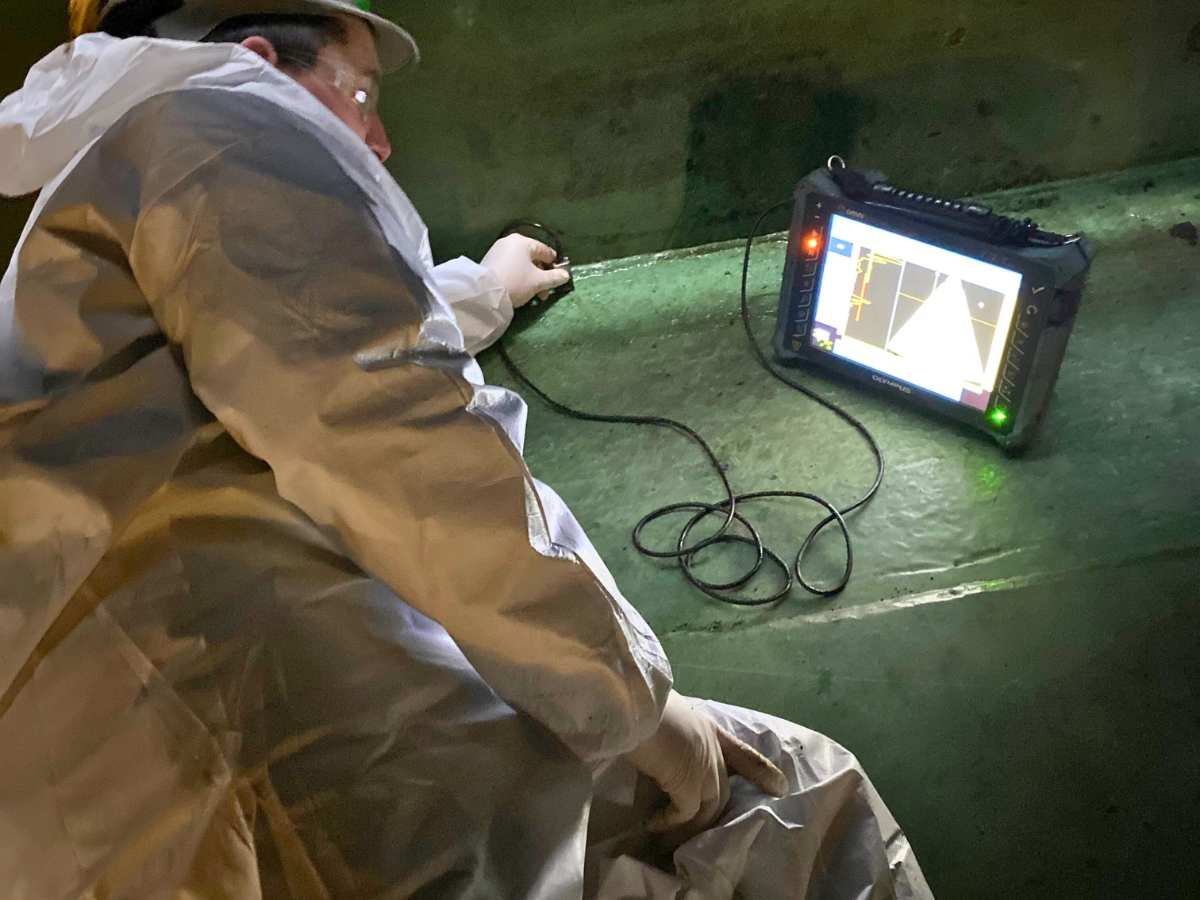Construction projects don’t succeed by accident. They succeed because every detail is verified, every standard is met, and every step is managed with precision and care.
At CATSI, we understand that inspection is much more than a quality assurance step—it’s the backbone of effective construction management. From pre-construction planning through to final turnover, inspection ensures owners, contractors, and stakeholders remain aligned, accountable, and on track to meet project goals.
From Planning to Close-Out: Where Inspection Adds Critical Value
Inspection is an integral process that supports every stage of construction management:
- Pre-Construction: Inspection validates constructability and project readiness. This includes confirming that plans, materials, and documentation are complete and comply with contract requirements before work begins. Early identification of potential issues helps avoid costly delays later.
- Active Construction: Real-time oversight verifies that work is performed to specifications, and that safety protocols are consistently maintained. Daily inspections help detect and address nonconformities for corrective action or record keeping purposes.
- Completion and Close-Out: Final inspections confirm system performance and compliance, prepare comprehensive documentation for project handoff, and ensure the built asset meets the expectations of all stakeholders.
Whether the project is a gas transmission facility, a utility pipeline, or an industrial manufacturing site, construction management succeeds only when inspection is woven through every phase.
What Inspection Actually Looks Like On-Site
Inspection translates expectations into outcomes. At CATSI, our on-site inspection processes include:
- Verification that installed work matches project specifications, engineering design, and regulatory standards.
- Safety Monitoring through daily toolbox talks, pre-job briefings, and hazard assessments that protect personnel and maintain compliance.
- Oversight of Critical Activities such as welds, tie-ins, electrical and mechanical installations, ensuring technical integrity and durability.
- Daily Documentation capturing progress updates, nonconformities, corrective actions, and communication with all involved parties.
- Coordination with contractors, trades, subcontractors, and third-party inspectors to maintain clarity and consistency throughout the project.
- Permit and Procedure Compliance checks to confirm all required permits, environmental protections, and owner standards are consistently met.
Inspection is highly visible on the job site—it’s what empowers construction teams to move forward confidently with minimal disruption.
Tailoring Inspection to Each Project’s Needs
No two projects are alike, so inspection strategies must be customized to fit the scope, phase, and complexity of each job. CATSI provides specialized inspection services that include:
- Certified Discipline-Specific Visual Inspectors with expertise across mechanical, electrical, civil, and structural disciplines.
- Construction Coordinators and Facilitators who bridge the gap between detailed plans and actual field execution.
- Shop and Material Inspectors who proactively identify material or fabrication issues before components arrive on-site.
- OQ- and DOT-Specific Inspection Services designed for regulated assets subject to operational qualification and transportation safety standards.
- Safety Inspectors and QA Vendor Surveillance Teams to reinforce compliance and hazard mitigation.
- Third-Party Oversight to ensure contractors and owners meet contractual and regulatory obligations.
By aligning technical requirements with on-site realities, CATSI helps reduce delays, prevent rework, and ensure quality throughout the project lifecycle.
Documentation: The Foundation of Accountability and Quality
Inspection involves creating a clear, traceable record that supports accountability and continuous improvement.
CATSI ensures every project maintains robust documentation including:
- Detailed inspection results and site observations logged daily.
- Records of contractor activities and performance metrics.
- Material delivery logs and installation verifications.
- Documentation of safety meetings, incident reports, and corrective actions.
- Tracking of change orders, deviations, and final punch lists.
This thorough documentation streamlines project close-out, strengthens trust between owners and contractors, and provides defensible evidence of quality and compliance.
Beyond Compliance: Building Confidence Into Every Project
Inspection protects regulatory compliance by safeguarding:
- People: Reinforcing safe work practices and raising hazard awareness reduces risk and injury.
- Budgets: Catching defects and deviations early reduces costly rework and prevents budget overruns.
- Schedules: Identifying potential issues ahead of time helps avoid delays and keeps projects on track.
- Facilities: Confirming system integrity ensures long-term operational performance and asset reliability.
- Stakeholders: Providing transparent and verifiable quality control builds confidence in the project’s success.
Doing things right means doing the right things, and inspection is a proactive strategy that protects the long-term value of every construction effort.
Inspection Is Integral to Construction Success
Inspection isn’t a final checklist item. It’s a core strategy for managing risk, ensuring quality, and driving successful construction outcomes.
At CATSI, inspection is not an afterthought—it’s a foundational element of construction management. With discipline, thorough documentation, and deep field expertise, we help build projects that stand the test of time.
